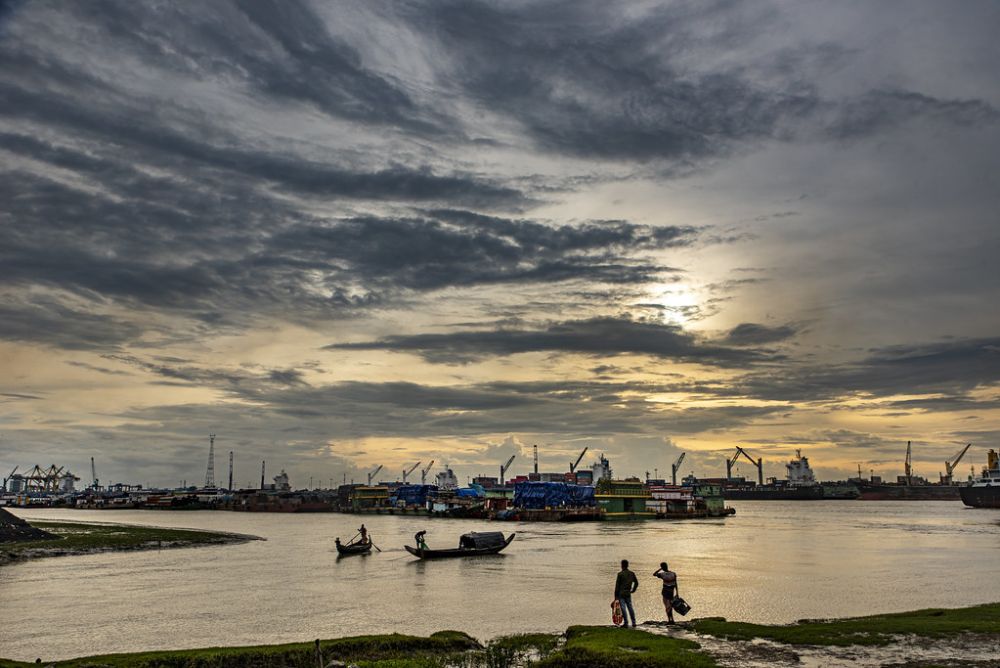

The Karnaphuli River, winding through the heart of Chittagong in Bangladesh, has long been a hub for trade and a natural resource for the local population. Though traditionally not considered a primary tourist destination, the river's picturesque landscapes and cultural significance have gradually attracted visitors from around the world.
The history of tourism around the Karnaphuli River is intrinsically linked to the river's role in commerce and transportation. The indigenous tribes, particularly the Chakma people living in the river's vicinity, have cultivated a rich cultural heritage that predates modern tourism. With Chittagong's rise as a key maritime port during British colonial rule in the 19th century, the river's prominence grew. However, it wasn't until Bangladesh's independence in 1971 that the area began to be recognized for its touristic potential.
Following independence, efforts were made to promote the natural and cultural assets of the Karnaphuli River and its surrounding regions. The establishment of the Bangladesh Parjatan Corporation in 1972 played a crucial role in developing infrastructure conducive to tourism, including the improvement of roadways and basic facilities for visitors.
In the latter part of the 20th century, eco-tourism began gaining popularity worldwide, and the Karnaphuli River was no exception. The scenic beauty of the river, coupled with the biodiversity of the surrounding hills and forests, made it an attractive site for eco-tourists. Additionally, the unique customs and festivals of the indigenous tribes around the river sparked an interest in cultural tourism, providing an impetus for tourism growth in the area.
Today, the trends in tourism along the Karnaphuli River are multifaceted. There is a rising interest in adventure tourism, with activities like river cruising, fishing, and kayaking drawing adventurous travelers. Furthermore, there is an increased awareness and appreciation for sustainability, with tourists seeking authentic and environmentally friendly experiences. This has encouraged initiatives that support local communities while preserving the natural beauty of the riverine landscape.
The government of Bangladesh has been proactive in showcasing the Karnaphuli River as part of its tourism campaigns. Events such as the Chittagong Hill Tracts Festival and support for sustainable community-based tourism have also contributed to increased international attention.
The incredible progress in communications and social media has played a pivotal role in the promotion of this verdant location. Inspiring images and travel blogs shared across the internet have created a buzz, drawing a diverse group of tourists. This digital exposure continues to shape the future of tourism along the Karnaphuli River.
The Karnaphuli River, with its enthralling history and evolving tourism scene, remains an integral part of Chittagong's identity. While the current trends underscore an inclination towards sustainable and community-focused tourism, the river's historical allure as a place of cultural interchange remains ever-present, offering a profound experience for all who visit.